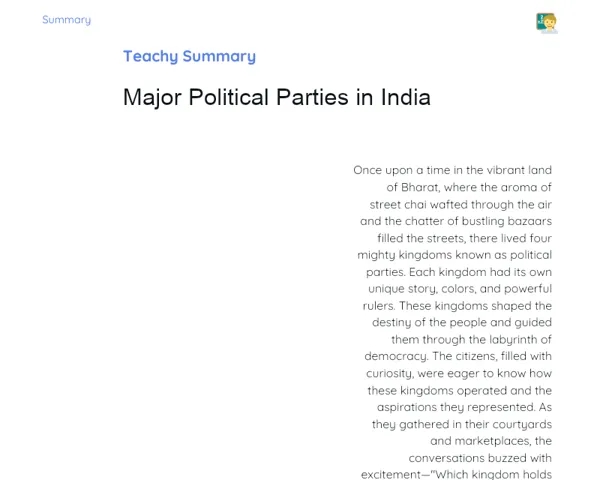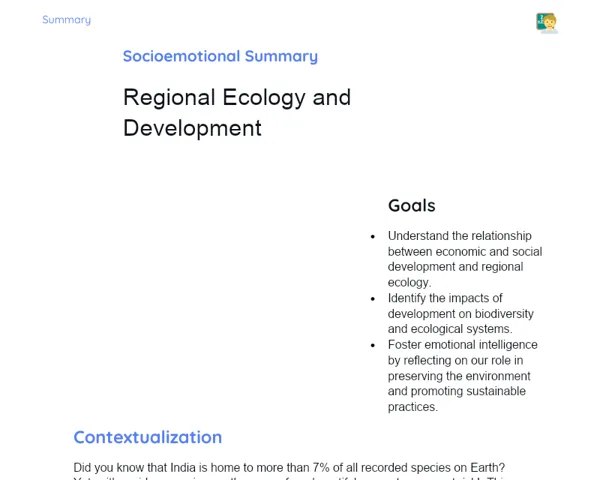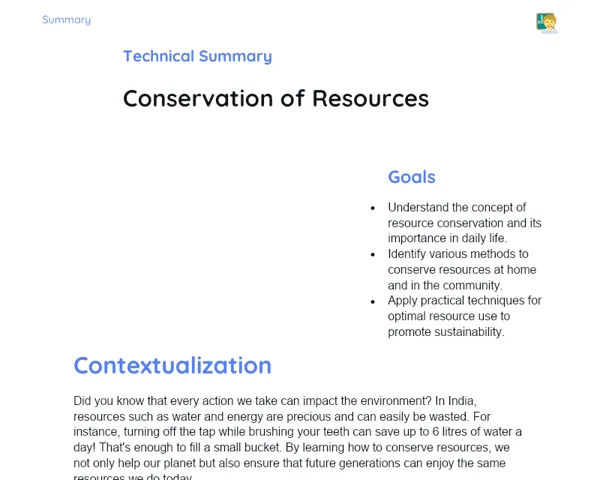## Goals
1. Understand the structure and layout of ancient cities of the Indus Valley Civilization.
2. Explore the cultural practices and daily life of the inhabitants of these cities.
3. Analyze the significance of the Indus Valley Civilization in the context of ancient history.
Contextualization
Did you know that the cities of the Indus Valley Civilization, like Harappa and Mohenjo-Daro, were some of the first planned cities in human history? 🌍 They featured advanced urban planning with grid patterns, sophisticated drainage systems, and even public baths! Imagine living in a city where cleanliness and order were top priorities over 4,500 years ago! This fascinating civilization thrived along the banks of the Indus River, making it one of the earliest examples of an organized settlement.
Subject Relevance
To Remember!
Urban Planning
The cities of the Indus Valley Civilization were marvels of urban planning, showcasing a grid-like layout that was unprecedented in its time. This meticulous planning included streets that intersected at right angles and were paved with baked bricks. The cities were designed with clear public and private spaces, reflecting a thoughtful approach to community living. Streets were equipped with sophisticated drainage systems to manage waste efficiently, demonstrating an early understanding of sanitation and health.
-
Grid Pattern: The cities followed a grid layout, which allowed for organized navigation and clear demarcation of residential and commercial areas.
-
Drainage Systems: The advanced drainage network ensured that waste was effectively removed from living areas, contributing to the overall hygiene of the city.
-
Public Baths: These were communal spaces for cleanliness and social interaction, highlighting the importance of hygiene in their culture.
Trade and Economy
Trade played a crucial role in the prosperity of the Indus Valley Civilization. The strategically located cities facilitated trade routes along the Indus River and beyond, connecting them with other civilizations, such as Mesopotamia. Artisans and merchants contributed to a bustling economy through the production and exchange of goods like textiles, pottery, and semi-precious stones. The use of standardized weights and measures indicates a sophisticated understanding of commerce.
-
Trade Routes: The proximity to natural resources and riverine networks allowed for efficient transportation of goods.
-
Artisan Products: High-quality handicrafts, including jewelry, pottery, and textiles, were significant exports that increased economic activity.
-
Standard Weights: The introduction of uniform weights and measures indicates advanced commercial practices and trade regulation.
Social Structure and Culture
The social structure of the Indus Valley Civilization was complex and likely hierarchical. Evidence suggests that there were distinct social classes, from rulers to artisans and traders. Cultural practices included unique art forms, pottery, and seals with intricate designs, which were likely used for trade and communication. Religion also played a significant role, with indications of worship practices tied to fertility and nature, suggesting a rich cultural ethos.
-
Social Hierarchy: The presence of various professions indicates a division of labor and a structured society.
-
Art and Seals: The artistic seals found in archaeological sites hint at a sophisticated understanding of symbolism and communication.
-
Religious Practices: The artifacts suggest a belief system that respected nature and fertility, reflecting their values and worldview.
Practical Applications
-
Understanding Urban Planning: By studying the urban planning of the Indus Valley Civilization, students can apply these principles to modern city design, emphasizing sustainability and community well-being.
-
Evaluating Trade Systems: Analyzing how ancient trade systems functioned can help us comprehend current economic frameworks and the importance of trade in global interconnectivity.
-
Exploring Social Dynamics: Learning about the social structure fosters awareness of how societies operate, helping students recognize and appreciate diversity in modern communities.
Key Terms
-
Urban Planning: The design and organization of urban spaces, focusing on infrastructure, land use, and community needs. The Indus Valley cities were among the first examples of such planning.
-
Drainage System: A network designed to remove excess water and waste from an area, vital for maintaining hygiene in urban centers.
-
Trade: The action of buying, selling, or exchanging goods and services, essential for the economic development of societies.
Questions for Reflections
-
How do you think urban planning in the Indus Valley influenced modern cities? Reflect on specific elements that are still relevant today.
-
Consider the importance of trade in shaping societies. What parallels can you draw between ancient and modern trade?
-
Discuss the significance of social structure in historical civilizations. How does understanding this help us appreciate diversity in contemporary society?
Create Your Own Indus Valley City Plan! 🌆
Imagine you are an urban planner tasked with designing a new city inspired by the Indus Valley Civilization. Your goal is to incorporate innovative features like drainage systems, public baths, and trade centers that promote cleanliness, community, and commerce. What will your city look like? Will it have a grid layout, green spaces, or even unique cultural elements?
Instructions
-
- Begin by sketching a layout of your city on a large sheet of paper.
-
- Incorporate essential features such as residential areas, public spaces, and trade routes.
-
- Use colors and symbols to represent different aspects like parks, markets, and sanitation facilities.
-
- Write a short paragraph (up to 100 words) describing the unique features of your city and how they promote a healthy, vibrant community.
-
- Share your city plan with your family or friends and explain how it reflects the principles of the Indus Valley Civilization.



